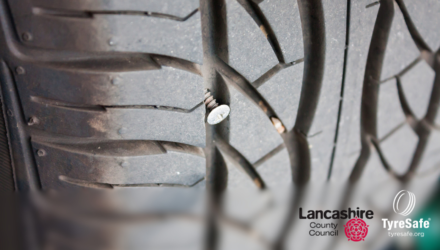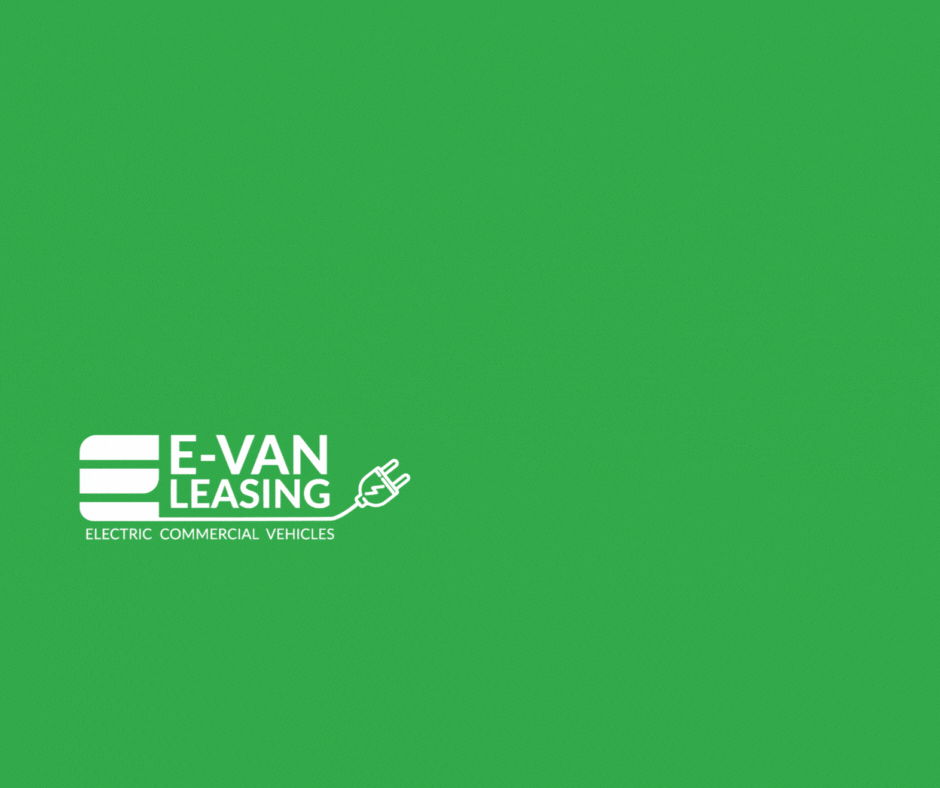Electric vehicles continue to provide a viable and attractive solution to cutting carbon emissions across the transport sector. Currently, transport accounts for around a quarter of global energy-related CO2 emissions, and businesses own more than half of all registered vehicles. As beating climate change remains high on the global agenda, the transition away from the out-dated fossil-fuelled combustion engine is vital to meet our decarbonisation goals.
There is a clear expectation that businesses of all sectors will play their part. Anyone with responsibility for vehicle fleets is in a prime position to be able to deliver on this expectation.
This may feel like a complicated transition that would be daunting for many. We understand the technology is available to us, but question marks remain over cost and infrastrucutre security for many.
Fleet owners concerned about cost should consider the wider picture. There are longterm savings to be made when updating to electric. EVs have lower servicing and maintenance costs, a zero rate of Vehicle Excise Duty and are also cheaper to refuel than petrol or diesel vehicles – all of which will drive down operating costs over time.
 The rise of the consious consumer also has a part to play here. With both individuals and organisations keen to ensure they work and travel with fleets that share their net zero ambitions, ensuring that your organisation is as eco-friendly as possible will give you the edge on your competitors.
The rise of the consious consumer also has a part to play here. With both individuals and organisations keen to ensure they work and travel with fleets that share their net zero ambitions, ensuring that your organisation is as eco-friendly as possible will give you the edge on your competitors.
Showcasing your green credentials is important. I hear repeatedly from colleagues who help fleet operators transition that it’s not enough these days to say you have EVs; you have to prove that they are powered by renewable sources. Stakeholders are ever-more savvy when it comes to sustainability.
Too often the forgotten aspect of the EV journey is the origin of the power used for charging. How green are those ‘zero emissions’ vehicles in your car park or depot? Most of us will realise it’s just a slogan if the EVs in question are running off electricity that has been made by gas or coal.
And then there’s the wider supply chain – if you are subcontracted to do deliveries, for example, your client will likely expect you to meet certain criteria. That can include demonstrating your commitment to sustainability, or calculating your carbon footprint. At which point it’s not enough to say you deliver using EVs – you’ll have to show that they are powered in a traceably green way.
By switching your business to a fully-traceable renewable electricity tariff, you can report zero Scope 2 emissions under the GHG Protocol. For example, SSE’s Green EV tariff is 100% renewable electricity, generated from SSE’s very own UK wind farms and hydro plants. It’s independently verified by EcoAct, an Atos company, so it’s easy to report zero carbon emissions for electricity.Having this certification can give you a competitive advantage when seeking commercial opportunities and enhance your reputation with customers and stakeholders who increasingly expect green to really mean green.
In recent years we’ve seen demand from businesses for renewable energy growing. Research conducted by EcoAct in 2020 found that 67% of FTSE 100 companies were purchasing electricity from renewable sources, while 81% had set carbon reduction targets.
Having this certification can give you a competitive advantage when seeking commercial opportunities and enhance your reputation with customers and stakeholders who increasingly expect green to really mean green.
It’s important to bear in mind that EV tariffs are most suitable for sites where the majority of power demand is for EVs. Tariffs that are founded on time-of-use benefits enable vehicle and fleet owners to pay less for their electricity when charging during low-demand and off-peak periods. For fleet owners, these periods will typically coincide with evenings and night-time when vehicles are charged.
For sites where power demand for EVs is lower, businesses can still charge their electric vehicles with renewable energy by opting for a standard green electricity tariff. For example, at SSE all our fixed contracts include 100% renewable electricity as standard.
It is by no means an easy task, but by being forward-leaning and taking the initiative, fleet owners and managers can show that they have considered the bigger picture.
The road to net zero will have a lot of twists and turns along the way but it’s essential that we make every effort to reach our destination.
Author: Kevin Welstead, EV Sector Director, SSE Energy Solutions

















